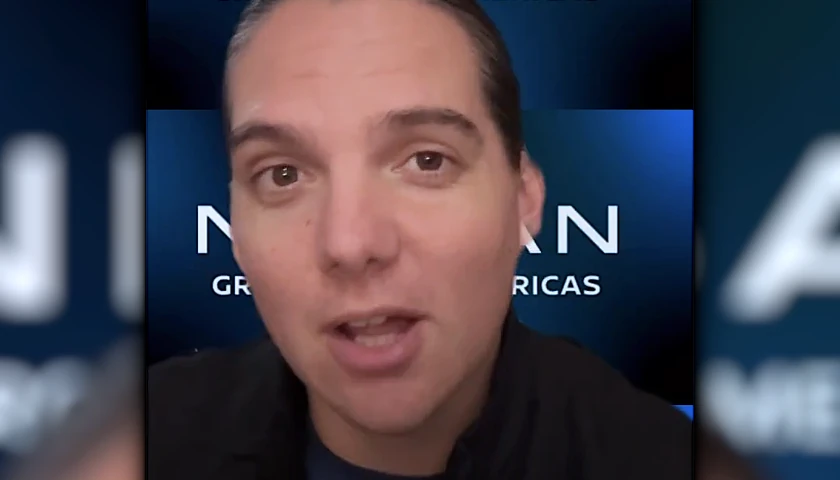by Scott McClallen
The Michigan Legislature approved a $1 billion spending plan primarily meant to attract critical state projects. The supplemental spending bill was passed Wednesday over objections from some Republican lawmakers that the spending package wouldn’t benefit taxpayers in the long run.
The state is spending a $7 billion taxpayer surplus.
The Michigan Legislature approved Senate Bill 842, which aims to place $846 million into the Strategic Outreach and Attraction Reserve. The amount includes $206 million re-appropriated from last year.
The bill allocates $350 million for the Michigan Strategic Site Readiness Program, broken into smaller sections.
- $150 million for strategic site improvements.
- $100 million for future economic development and remediation of landfill facilities.
- $75 million for the assessment and development of mega-strategic sites.
- $25 million to regional and local economic development organizations.
John Mozena, president of the Center for Economic Accountability, a nonprofit organization for transparent economic development policy, told The Center Square that the money will become an “auto industry slush fund.”
Mozena said the Legislature is “drunk on short-term money,” trying to win new voters in the first election after redistricting.
“It’s great for the companies, and it’s great for the politicians, but it does nothing, at best, for the communities and the other taxpayers who then have to bear the entire burden of funding public services,” Mozena said in a phone interview.
Lawmakers of both parties condemned the spending, with Rep. Steve Johnson, R-Wayland, calling the spending “immoral.”
“We are stealing money from the people of Michigan to give to a well-connected few,” he said.
Rep. Yousef Rabhi, D-Ann Arbor, called the spending plan a “reverse Robin Hood.”
Rep. Thomas Albert, R-Lowell, resigned as House Appropriations chair over what he called “reckless” spending in the face of an economic downturn.
However, Gov. Gretchen Whitmer and GOP leadership welcomed the plan.
“This bipartisan package will help us attract transformational projects bringing billions in investment and creating thousands of jobs to Michigan, lower the cost of higher education for the vast majority of Michiganders, and increase funding for law enforcement officer mental health,” Whitmer said in a statement.
The new Republican House Appropriations Chair, Mary Whiteford of Casco Township, said the reserve “ensures Michigan retains and attracts stable, well-paying jobs and sends a message to other states that we will fight to keep them here.”
The Legislature also approved SB 844, a $133 million supplemental bill to fund state agencies. Some highlights include:
- $27 million for Thomas Township in Saginaw County to expand sanitary sewer infrastructure capacity so the Hemlock Semiconductor Operations can increase polysilicon manufacturing.
- $20 million to the Unemployment Insurance Agency to settle a lawsuit from people wrongly accused of fraud between 2013 and 2015.
- $15 million for modernizing U.S. armories.
The bill includes $12 million for school literacy programs and aims to activate $250 million for a post-secondary scholarship fund for Michigan high school graduates starting in 2023. The bill says the Legislature will increase the deposit amount by $50 million annually until the scholarship programs are fully implemented in fiscal year 2027-28.
The Michigan Achievement Scholarship could award eligible students up to $5,500 if they attend a public university per year, $4,000 if they attend a private college or university per year, or $2,750 if they attend a community college per year.
Eligible students must maintain full-time Michigan residency for at least a year beforehand, preserve “satisfactory academic progress”, and have a family contribution of less than $25,000 determined by federal aid application to qualify.
SB 842 and 844 move to Whitmer’s office.
– – –
Scott McClallen is a staff writer covering Michigan and Minnesota for The Center Square. A graduate of Hillsdale College, his work has appeared on Forbes.com and FEE.org. Previously, he worked as a financial analyst at Pepsi.








